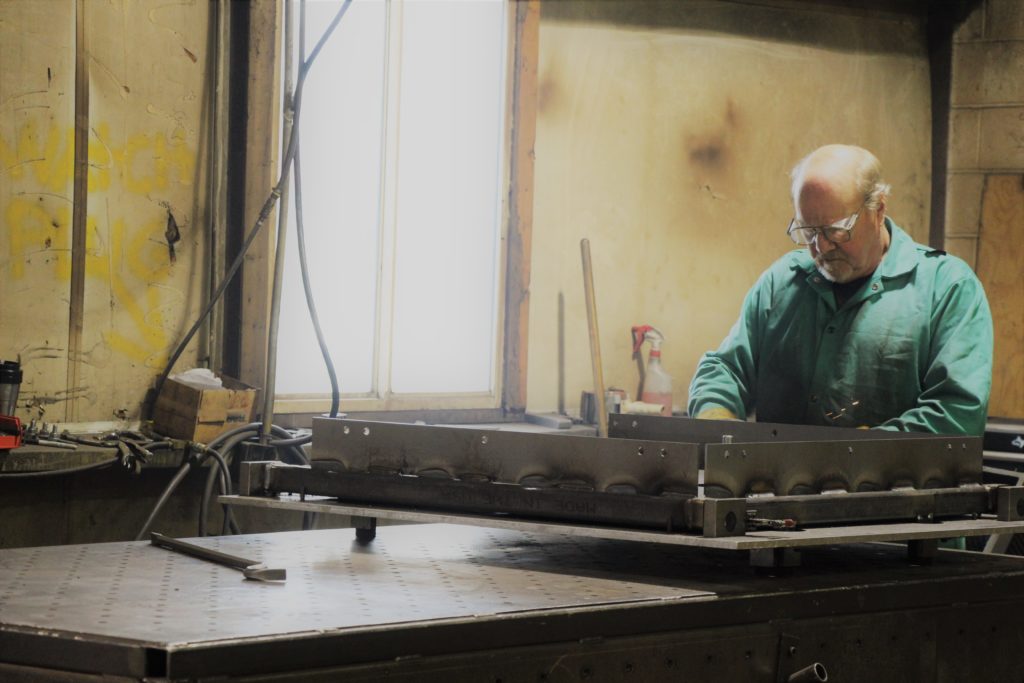
When you’re welding, you may think a lot about your welding torch, your safety gear and the metal you’re joining, but you may not think too much about the surface you’re welding on. That means you’re not thinking about cast-iron platen tables — but you should be. Cast-iron platen tables have remained one of the best welding surfaces for over 75 years. How many other things, in the world of metal fabrication or outside it, can you say that about?
Cast-iron platen tables are flexible enough to help with just about any welding task. You can use them when restraining a piece you are welding, bending and straightening. The cast-iron surface stays flat, so you don’t have to worry about your metal part sliding off, and weld spatter doesn’t stick to the table, making cleanup easy. Any piece of equipment has to be tough to stand up to welding conditions, and these platen tables are definitely up for the job.
In addition to the reasons mentioned above, cast-iron platen tables are great because they’re easy. It’s not hard to figure out how they work, and installing angle blocks, tooling or various needed components is a snap because the table’s holes are designed specifically for this purpose. Even a welder who has never used a platen table before can probably figure it out in no time.
Also, you can make platens as long as you need them to be. For a basic welding job, you can lay your metal out on a single platen. If you’ve got a complex job, you can link multiple units together, and even mount them vertically for an L-shaped effect.
And don’t forget how tough these guys are. Cast-iron is harder than steel, which means that cast-iron platens are tougher than steel tables. They can take just about all the punishment you can dish out, so get that sledge hammer and pound away if you need to, without fear. They also won’t warp or buckle under extreme heat, which is a big bonus when welding.